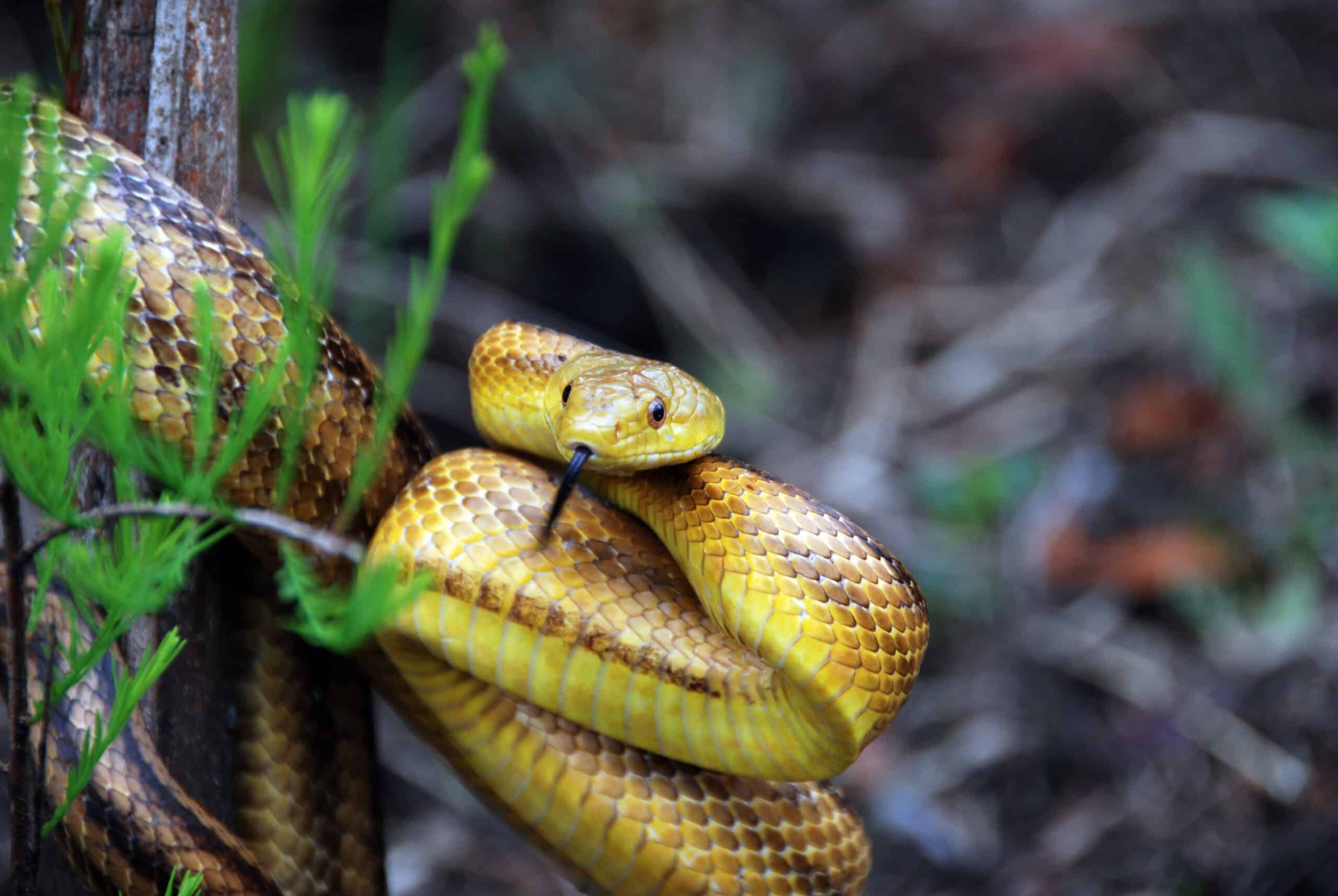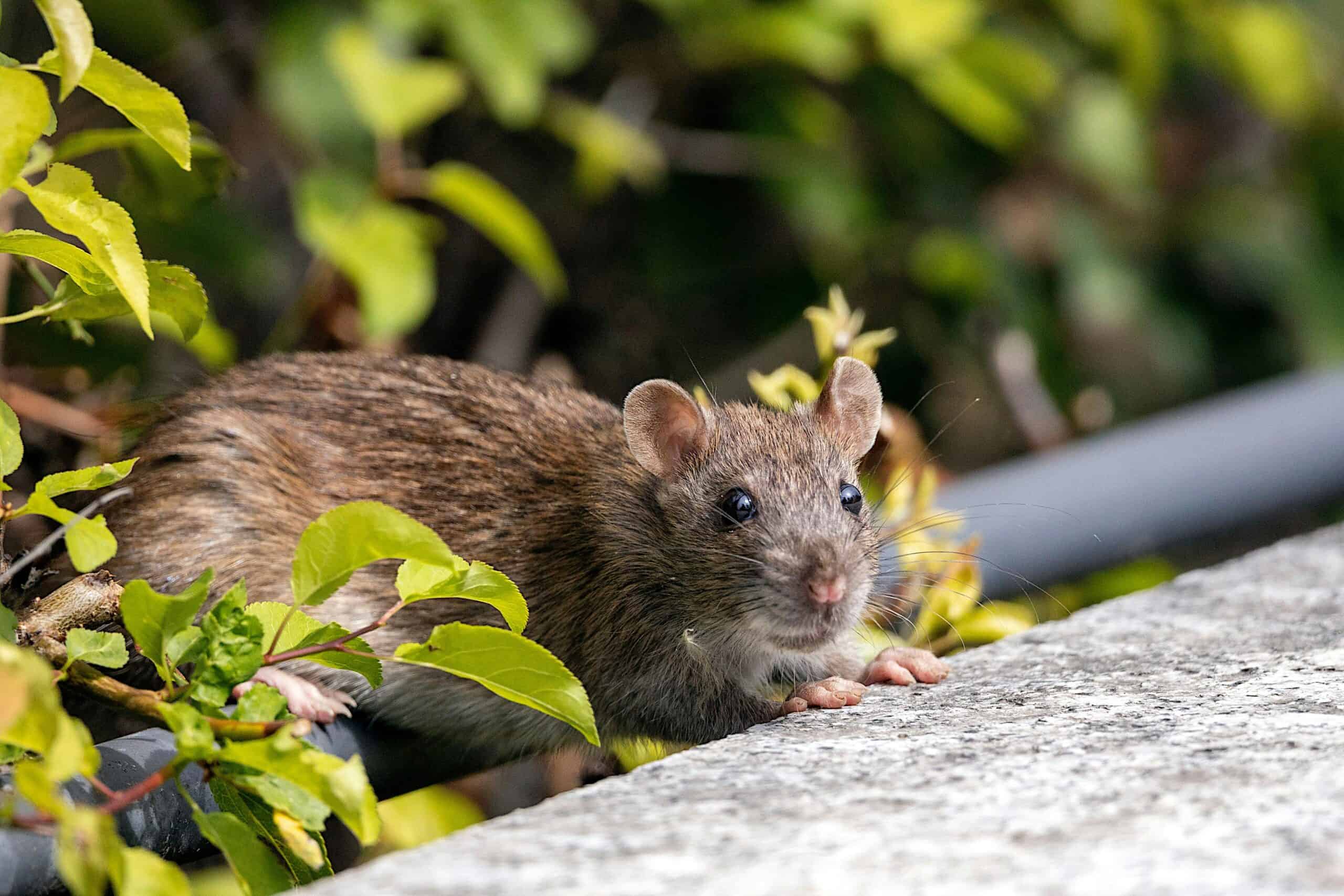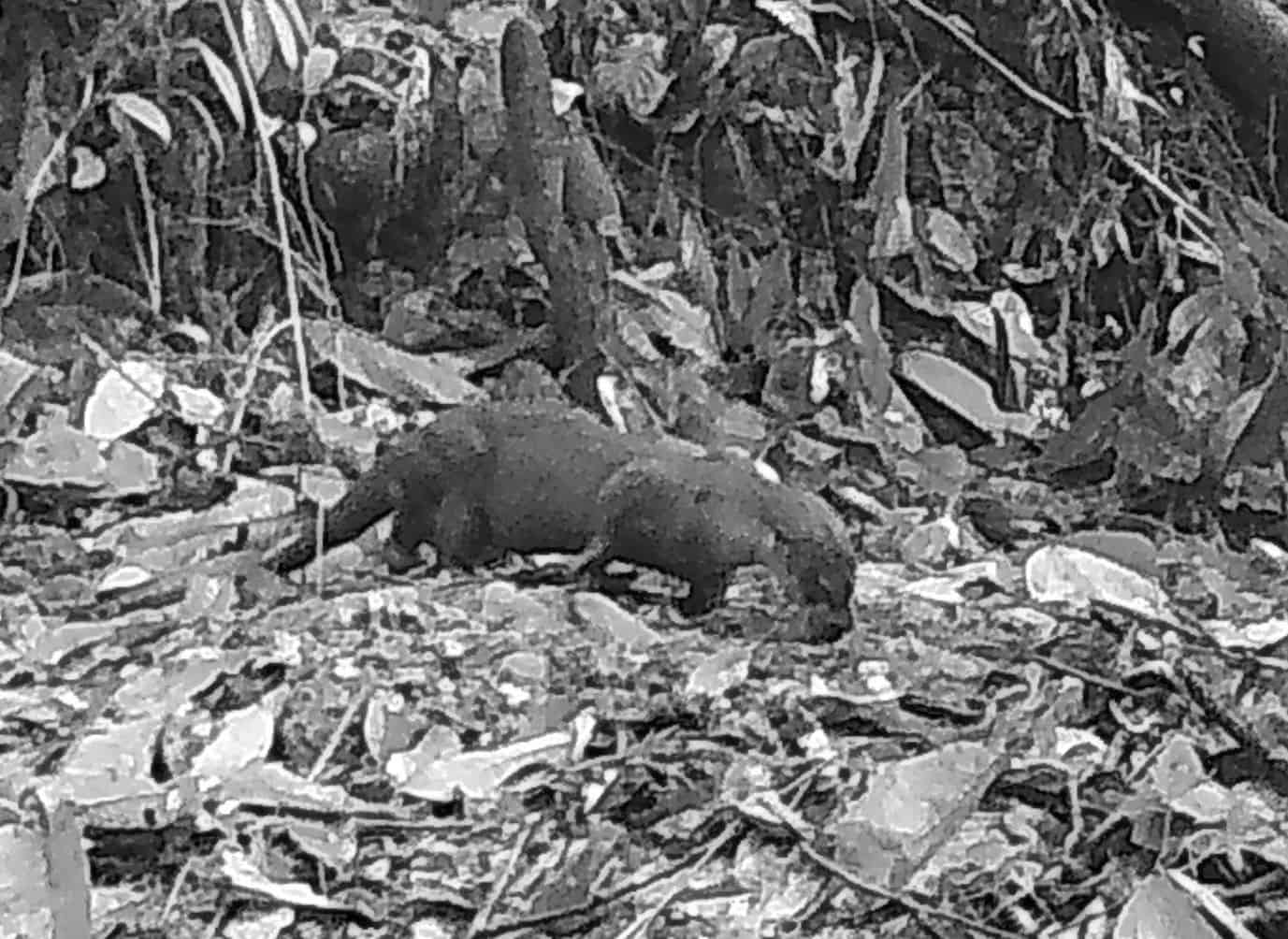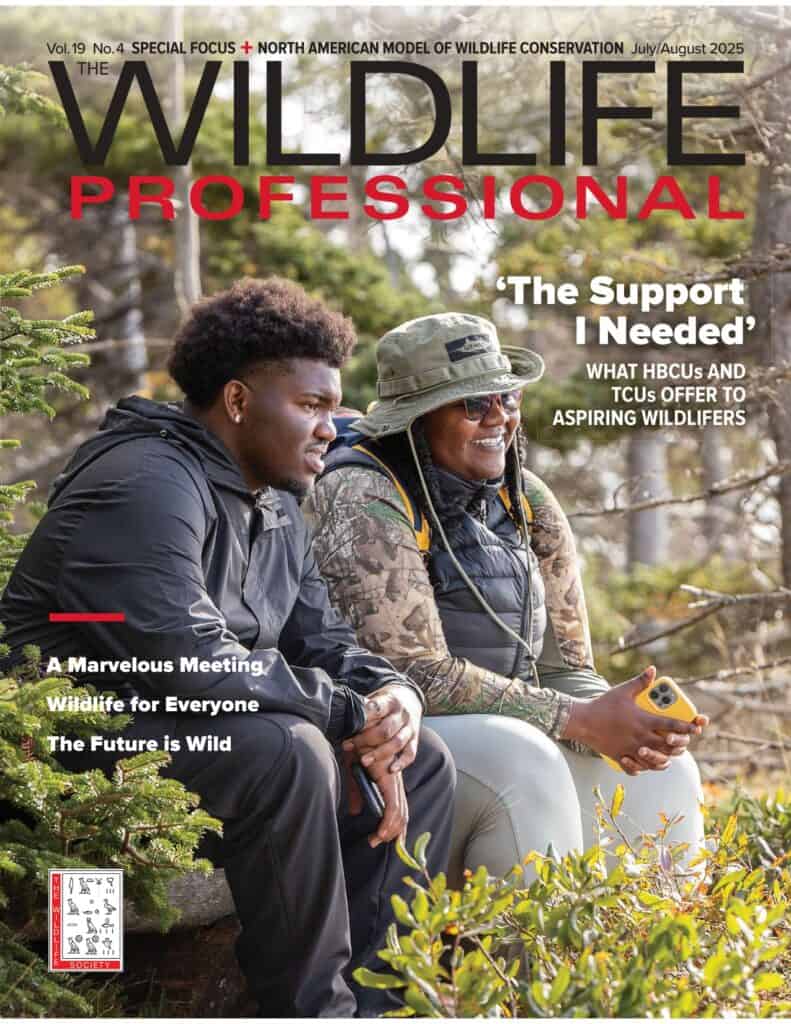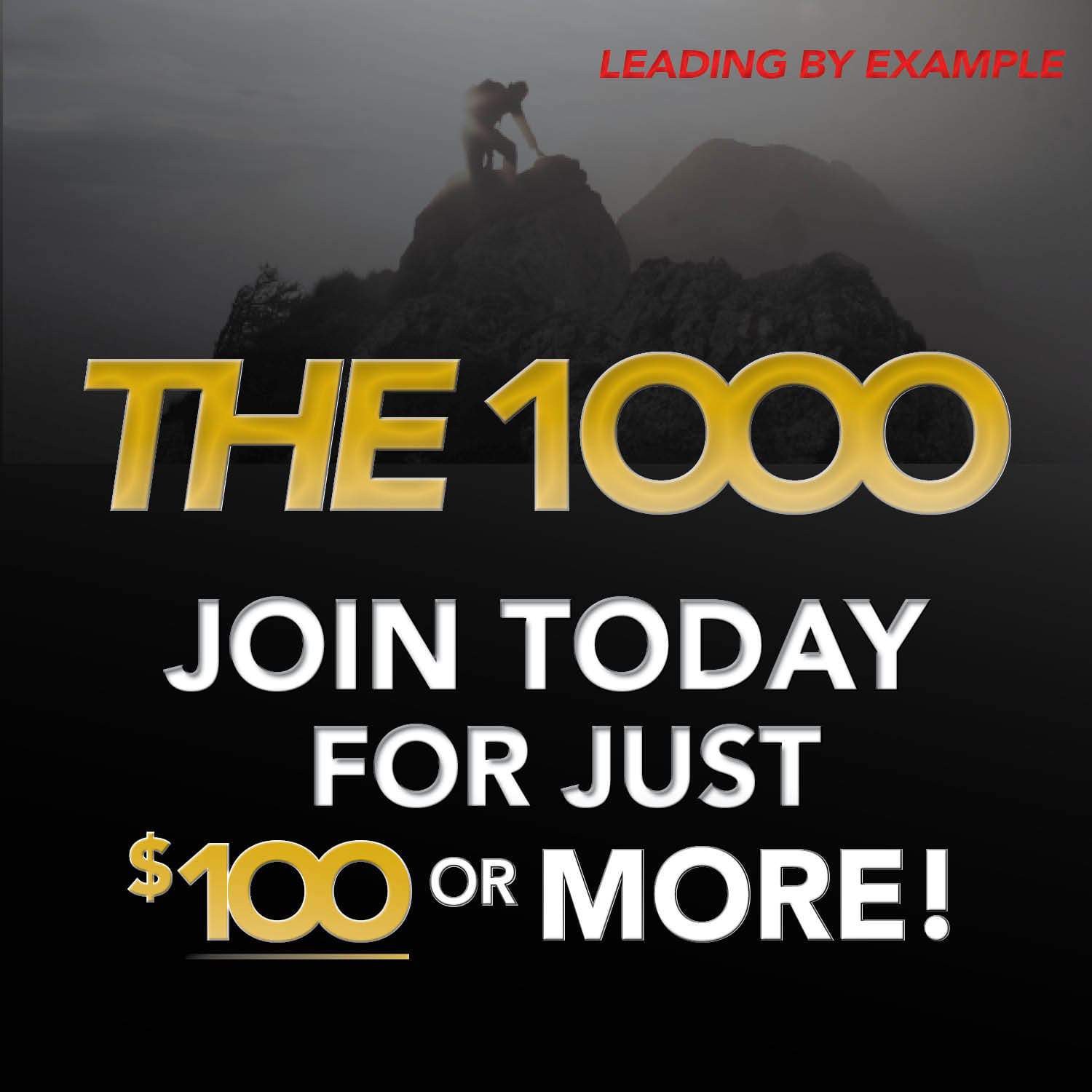
In a striking example of how climate change is reshaping Arctic marine ecosystems, researchers have conclusively linked a saxitoxin algal bloom to the deaths of seals for the first time.
Scientists linked high saxitoxin concentrations in both seals and their prey off St. Paul Island, Alaska, to a bloom of Alexandrium catenella, a type of plankton, through collaborative interdisciplinary research. But this rare discovery, uncovered by a chance beach walk, sheds light on the growing threat of saxitoxin, a potent, naturally occurring neurotoxin.
“This is an incredibly well-documented poisoning event,” said Kathi Lefebvre, a research biologist at the National Oceanic and Atmospheric Administration’s Northwest Fisheries Science Center. “We know these events are probably happening. We just have not been able to catch them as clearly as this one.”
Lefebvre has been documenting the increase in harmful algal blooms on the West Coast of the United States over the past 20 years as leader of the Wildlife Algal-toxin Research and Response Network for the U.S. West Coast (WARRN-West)—a coast-wide surveillance program focused on monitoring marine wildlife for exposure to algal toxins.
As recorded in research published recently in Marine Mammal Science, scientists found several northern fur seal (Callorhinus ursinus) carcasses washed up on Benson Beach, St. Paul Island, alongside dead fish. The testing revealed high levels of saxitoxin in multiple tissues of all the adult seals, especially in the urine, which is clear evidence that they had been exposed. Scientists had satellite-tagged one of the seals, linking its movements to a known feeding area where collaborators at Woods Hole Oceanographic Institution (WHOI) had recorded a bloom of Alexandrium catenella.
On dozens of research cruises over five years, the WARRN-West network and its partners sampled the food web in the southeastern Bering Sea. Their analysis showed high saxitoxin levels in the prey available to the seals when the seals would have been present in the area. To trace the exposure pathway, researchers collaborated with WHOI oceanographers who used particle-tracking models to demonstrate how ocean currents could have transported the carcasses from the bloom site to Benson Beach. This rare combination of biological evidence, food web sampling and ocean modeling offered a uniquely complete picture of a saxitoxin-caused die-off.
Saxitoxin is one of the most significant and growing threats to Arctic marine ecosystems. But it’s a silent killer. Confirmed mortality events are rare, and the effects are not easily observed because saxitoxin poisoning causes paralytic shellfish poisoning. When occurring far from shore, it can lead to paralysis, suffocation and then death as creatures likely drown, leaving little trace. Saxitoxin also poses a threat to food safety, as it accumulates in the food web and affects seafood that humans consume. There is not a readily available saxitoxin field test for recreational and subsistence-caught food.

While Alexandrium catenella has likely existed in the Bering Sea for centuries, cold bottom waters historically kept its populations in check. However, warming ocean conditions over the past decade have created an increasingly favorable environment for HABs to thrive.
Rising water temperatures now allow the dormant cysts of this toxic algae to germinate and seed new blooms. Warmer surface waters accelerate algal growth, and the loss of sea ice increases sunlight penetration, further fueling the development of blooms.
“This is a quantifiable impact of climate change,” Lefebvre said.
The silent impact of saxitoxin, fueled by a changing climate, is no longer out of sight or out of mind. However, the researchers said this work gives us hope by demonstrating the strength of long-term collaborative research and how interest groups can work together to understand these impacts moving forward.



